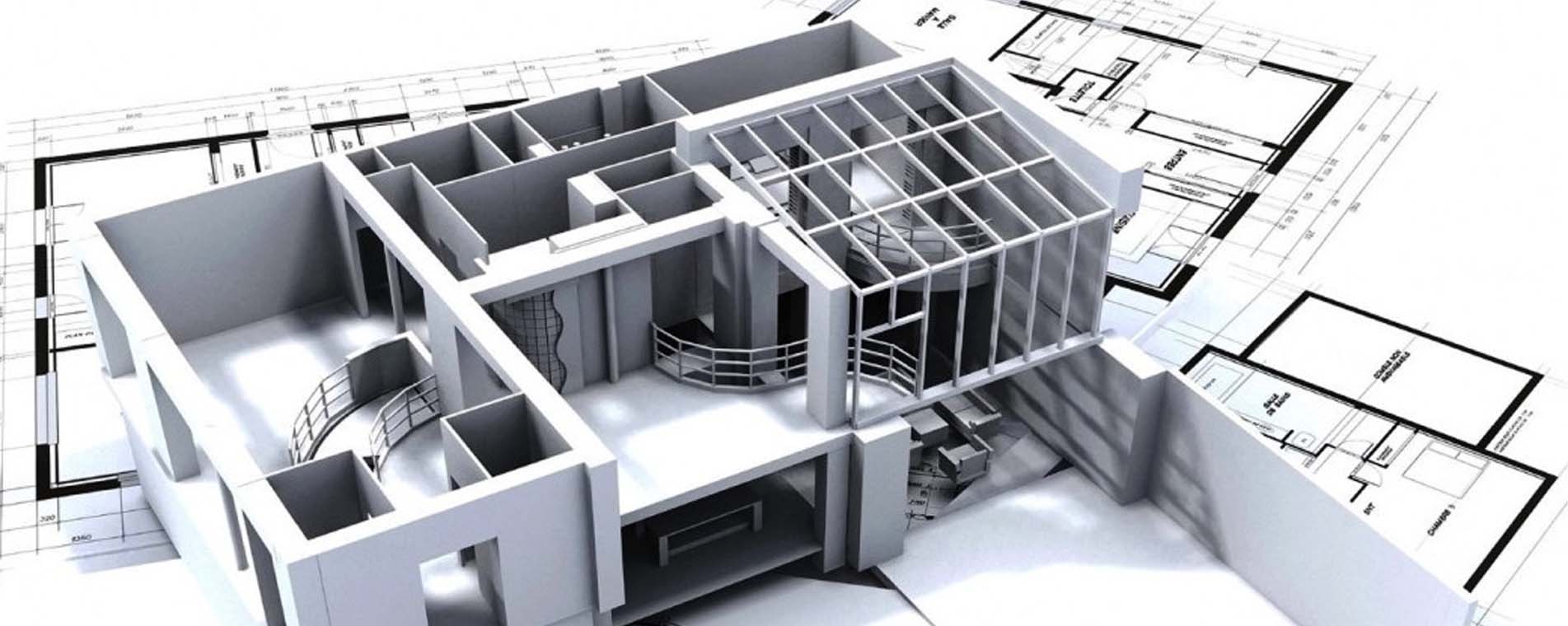Structural Design

Understanding Requirements: Begin by understanding the project requirements, including the purpose of the structure, its intended use, load requirements, site conditions, and any relevant codes and regulations.
Preliminary Design: Develop a preliminary design concept that outlines the general layout, dimensions, and configuration of the structure. Consider factors such as architectural aesthetics, functionality, and budget constraints during this phase.
Load Analysis: Conduct a comprehensive analysis of the loads that the structure will be subjected to, including dead loads (permanent/static loads like the weight of the structure itself) and live loads (variable loads like occupancy, equipment, and environmental loads such as wind, snow, and seismic forces).
Structural System Selection: Select an appropriate structural system based on the project requirements, site conditions, and load analysis results. Common structural systems include steel, concrete, wood, and masonry, each with its own advantages and limitations.
Structural Analysis: Perform structural analysis using engineering software and calculations to determine the internal forces, stresses, and deformations within the structure under various load conditions. This analysis ensures that the structure can safely support the anticipated loads without failure or excessive deflection.
Design Calculations:Based on the results of the structural analysis, perform detailed design calculations to size structural members (beams, columns, slabs, etc.), connections, and foundations. Ensure compliance with applicable design codes and standards to meet safety and performance requirements.
Detailing: Develop detailed drawings and specifications that provide instructions for the construction of the structure, including dimensions, reinforcement details, material specifications, and construction sequencing. Attention to detail is critical to ensure accuracy and constructability.
Foundation Design: Design the foundation system to support the structure and transfer loads to the underlying soil or rock. Consider factors such as soil bearing capacity, settlement, and lateral stability in foundation design.
Seismic Design (if applicable): If the project is located in a seismic zone, incorporate seismic design principles to ensure the structure can withstand earthquake forces safely. This may include additional reinforcement, special detailing, and compliance with seismic design codes.
Construction Support: Provide support during the construction phase by addressing contractor queries, reviewing shop drawings, and conducting site inspections to ensure that the structure is built according to the design intent and specifications. Quality Assurance and Control: Implement quality assurance and control measures throughout the design and construction process to verify compliance with design standards, codes, and specifications. This may involve testing materials, conducting inspections, and monitoring construction activities. Lifecycle Considerations: Consider the long-term performance and durability of the structure, including maintenance requirements, potential for future modifications or expansions, and environmental sustainability considerations.
